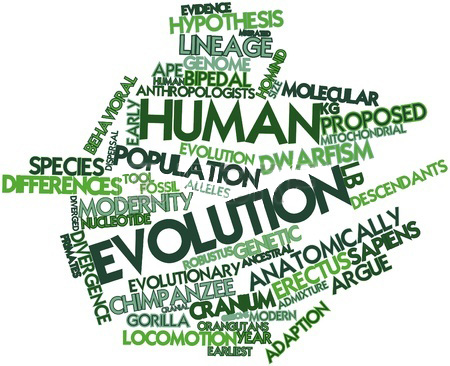- Teacher: Julie Hemment
- Teacher: Brigitte Holt
- Teacher: Nikhita Venigalla
- Teacher: Ventura Perez

 Review of contemporary human variation in demography, morphology, physiology, and genetics. Emphasis on explaining, not just categorizing, the differences. Inter- and intra-population variation around the globe.
Review of contemporary human variation in demography, morphology, physiology, and genetics. Emphasis on explaining, not just categorizing, the differences. Inter- and intra-population variation around the globe.- Teacher: Todd Disotell


This course investigates the evolutionary origins of humans. The study of human evolution is a multidisciplinary endeavor involving a synthesis of concepts, techniques, and research findings from a variety of different scientific fields, including evolutionary biology, paleontology, primatology, comparative anatomy, genetics, molecular biology, geology, and archaeology. Explores the different contributions that scientists have made toward understanding human origins and provides a detailed survey of the evidence used to reconstruct the evolutionary history of our own species.
- Teacher: Fu Yu Chang
- Teacher: Todd Disotell
- Teacher: Thomas Wilson
- Teacher: Anne Marie Wort
- Teacher: Boone Shear
- Teacher: Amanda Fuchs
Archaeologists think from things—we study past cultures through their material remains, which may be as tiny as a starch grain or as expansive as an ancient landscape. Archaeologists utilize a wide variety of field methods, analytical techniques, and theoretical approaches to investigate, reconstruct, and learn from the past. In this course, we explore how archaeological data collected from settlement surveys, site excavations, and artifact analysis can be used to address economic, social, political, and ideological questions across time and space. These methods are particularly important to tell us about people that did not leave written records. We also discuss the relevance of archaeological practice in modern political, economic, and social contexts throughout the semester.
- Teacher: Pamela Stone

- Teacher: Lara Sabra
- Teacher: Allyson Schmidt
- Teacher: Pamela Stone
- Teacher: Alana Zanardo Mazur